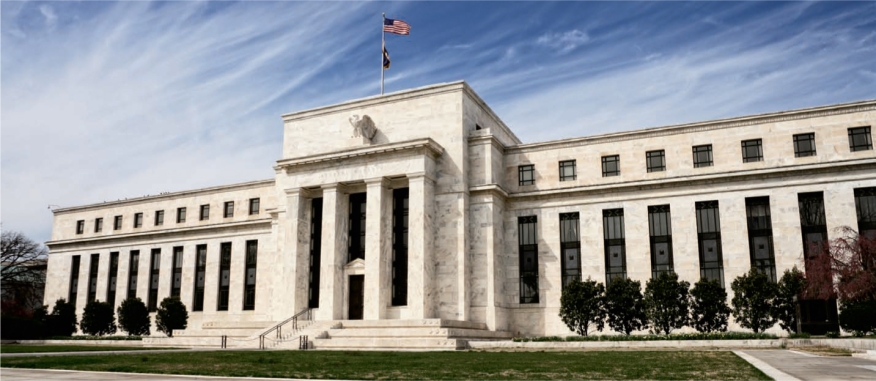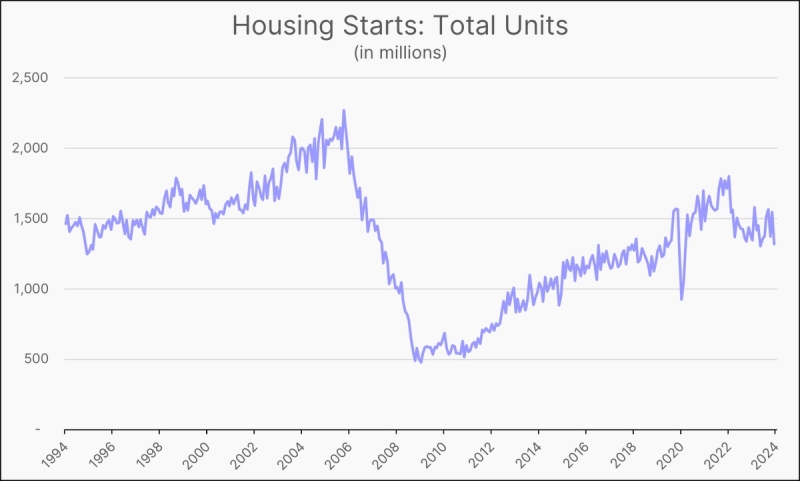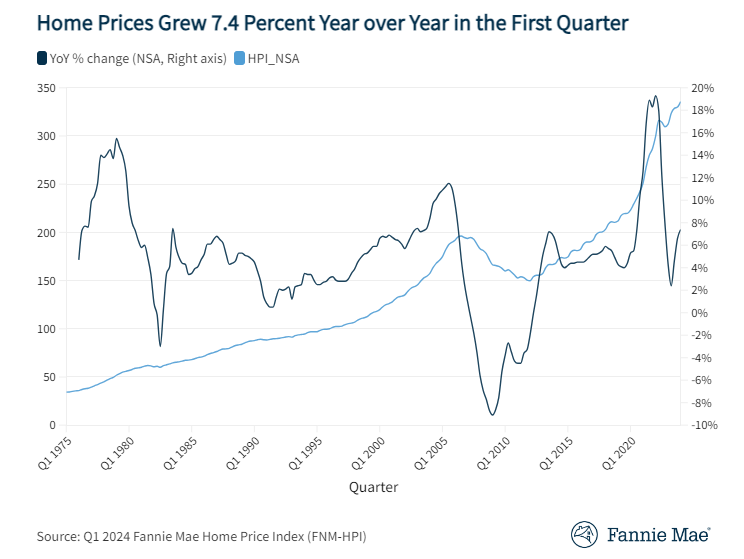
Fed Expects To Continue Rate Hikes, But Worries It Could Go Too Far

July meeting minutes show another 50-basis-point rate hike is expected in September.
Before gathering in July, members of the Federal Reserve's Federal Open Market Committee didn’t see much evidence that inflation was subsiding, paving the way for more rate hikes this year.
At the same time, however, the committee worried that it risks tightening monetary policy too much.
That’s according to the minutes of the FOMC’s July meeting, which were released Wednesday afternoon. The minutes reveal the discussion committee members had during the meeting, held July 26-27, following which they voted to raise the federal funds rate by 0.75% for the second consecutive month.
At the time, the Fed was acting in part on a report that inflation had risen to 9.1% year over year. It voted to raise the target range for the federal funds rate to 2.25% to 2.5%, and added that it “anticipates that ongoing increases ... will be appropriate.”
According to the minutes, the conversation before the decision included discussing “potential policy actions at upcoming meetings,” with members continuing to anticipate that “ongoing increases in the target range for the federal funds rate would be appropriate to achieve the committee’s objectives.”
The minutes note that the information available at the time of the meeting suggested that U.S. real gross domestic product (GDP) had declined over the first half of the year, while the labor market continued to be very tight and labor demand remained strong.
“Consumer price inflation — as measured by the 12-month percentage change in the price index for personal consumption expenditures (PCE) — remained elevated in May, and available information suggested that inflation was still elevated in June,” the minutes state.
The minutes also reported that residential real estate prices continued to rise, with FOMC staff noting that “mortgage underwriting standards have been stronger than in previous house-price cycles.” The staff assessed that households were in a better position than in the mid-2000s to weather a downturn in house prices, noting that mortgage debt growth has significantly lagged growth in house prices, leaving households with substantial equity cushions.
With the economic information pointing to inflation “remaining well above the committee’s objective (of 2%), participants judged that moving to a restrictive stance of policy was required to meet the committee’s legislative mandate to promote maximum employment and price stability,” the minutes state.
Committee members did note, however, that the pace of the rate increases and the extent of future monetary policy tightening “would depend on the implications of incoming information for the economic outlook and risks to the outlook.”
The minutes add, “Participants judged that, as the stance of monetary policy tightened further, it likely would become appropriate at some point to slow the pace of policy rate increases while assessing the effects of cumulative policy adjustments on economic activity and inflation.”
Many committee members, however, warned that because of the “changing nature of the economic environment and the existence of long and variable lags in monetary policy’s effect on the economy,” the FOMC also risks tightening monetary policy “by more than necessary to restore price stability.” That risk, they said, underscored the importance of its “data-dependent approach to judging the pace and magnitude of policy firming over coming quarters.”
Still, some FOMC members said that, “once the policy rate had reached a sufficiently restrictive level, it likely would be appropriate to maintain that level for some time to ensure that inflation was firmly on a path back to 2%.”
Nearly all respondents to a survey conducted of FOMC members found they anticipated a 75-basis-point increase in the target range at the July meeting, and most expected a 50-basis-point increase to follow in September. They also expect a peak policy rate of around 3.4%, significantly lower than was expected after the June meeting.
Following the meeting, the U.S. Bureau of Labor Statistics (BLS) reported that the Consumer Price Index for All Urban Consumers (CPI-U) was unchanged in July on a seasonally adjusted basis, after rising 1.3% in June.
In addition, over the past 12 months, the all-items index increased 8.5% before seasonal adjustment, more than half a point below June’s 9.1% annual rate.
The FOMC is scheduled to meet three more times this year, with the next meeting scheduled for Sept. 20-21




